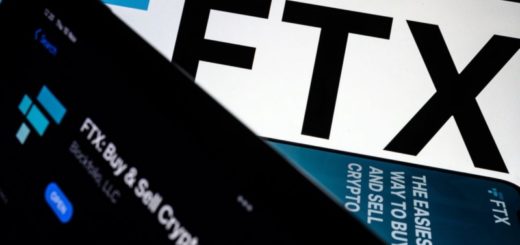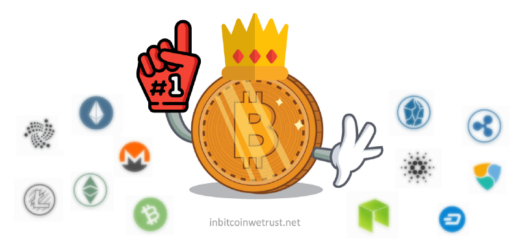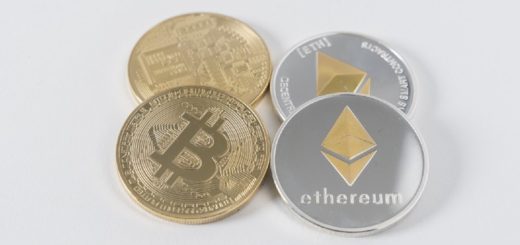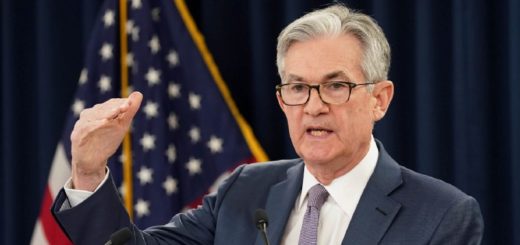Selfless Do-Gooder on the Front, Greedy Lawless Entrepreneur on the Back — This Is the Story of Sam…
Never has a large fortune vanished as quickly as his. 16 billion dollars gone in 3 days.

Tuesday, November 8, 2022, Sam Bankman-Fried had $16 billion. On Friday, November 11, 2022, this young lord of cryptocurrencies had nothing left. His firm FTX is bankrupt. Never has a large fortune vanished so quickly. Never has a financial collapse looked so much like a modernized version of Dr. Jekyll and Mister Hyde, haunted by the ghosts of Enron and Lehman Brothers.
The story begins like an entrepreneurial fairy tale. After studying physics at the prestigious MIT in Boston, a brilliant young man goes to work at Jane Street. In 2017, he leaves this New York trading firm to fly on his own.
At 25, Sam Bankman-Fried founded Alameda Research, which trades in cryptocurrencies. By exploiting the price differences between Asia and America, the firm earns $20 million in three weeks. “SBF” is launched.
Good works
The entrepreneur moves to Hong Kong. He soon creates FTX, a cryptocurrency exchange platform. In 2021, he moves with the two firms to the Bahamas. He attracts stars who will soon promote FTX, such as American soccer legend Tom Brady and his then-wife, famous supermodel Gisele Bündchen.
And SBF buys companies that allow it to be present in the United States, where its two creations are not licensed.
FTX is now worth more on the stock market than the French bank Société générale. Sam Bankman-Fried wants what’s best. When he was at Jane Street, he donated half his salary to charity. Just before launching Alameda, he worked for several weeks at the Centre for Effective Altruism. He repeatedly said that he would donate most of his fortune to charity.
The young entrepreneur did not hesitate to give a hand to companies in difficulty.
In 2020, he saved the Sushiswap platform. More recently, he flew to the rescue of BlockFi, another cryptocurrency platform, and Voyager Digital, a crypto asset broker. In a world often populated by raptors, these actions have earned him a chivalrous reputation. So much so that it has been compared to John Pierpont Morgan Sr., the banker who saved Wall Street from collapse in 1907 by injecting massive amounts of money into the financial system.
SBF also wants the public good. Unlike many tech entrepreneurs who try to avoid Washington for as long as possible, the entrepreneur would go there once a month to advocate for better regulation of the industry. Sometimes hosted at the White House, he was also the largest donor to the Democratic Party behind George Soros.
Cryptocurrencies and orange juice
So much for the Henry Jekyll side. But behind it, there is the Edward Hyde side, which we are only now beginning to discover. For one thing, while Sam Bankman-Fried has often presented himself as the great advocate of cryptocurrencies, it’s mostly the money that interests him.
As he has stated, SBF would have gone into the orange juice futures market if the prospects for gain there had been greater. Second, his love of the public good has its limits. If SBF went to Hong Kong, it was to take advantage of less demanding financial legislation than in the United States. If he moved to the Bahamas, it was to pay less tax.
And if he lobbied for regulation in the United States, it was in the hope that the CFTC (the supervisor of the stock exchanges) would be chosen as the regulator of his activities rather than the SEC (the supervisor of the financial markets), which is stricter and better staffed. SBF was following the case very closely. It had hired a former CFTC executive and made donations to Representatives supporting the choice of this agency.
Finally, the rescues may have been more about FTX’s self-interest than real altruism. Indeed, one cannot exclude the hypothesis that the goal was to recover cheap clients who could become valuable resources. Because the rest of the story turns into a black novel.
The trading firm Alameda pumped billions of dollars deposited by individuals on the FTX platform, without their knowledge. It then made risky investments. And the collateral for these “loans” was FFT tokens, the cryptocurrency issued by FTX and whose value was supposed to be regulated by … Alameda.
Subsystemic crisis
All of this quickly becomes difficult to understand. But in the unfolding of the disaster, we find ingredients well-known from scandals and crises, beyond the operations. As with Enron, there are suspicions of fraud and the accounts are opaque — the FTX galaxy has more than 130 entities, most of them located in tax havens.
It is no coincidence that SBF’s successor at the head of FTX is John Ray, who piloted the liquidation of Enron twenty years ago. And as at Lehman Brothers, the withdrawal of a competitor who had considered buying the company caused the final collapse.
This story reveals just how much the crypto world turns on itself. The mainstream banking system has not made any major loans; crypto assets are mostly traded against each other. It is a financial subsystem. The failure of one of its major players should therefore lead to a sub-systemic crisis. This time, the worst has been avoided.








1 Response
[…] Like SBF, she too has two faces. The one of a brilliant Stanford graduate with a background in mathematics and a philanthropic streak. But also that of a cynical trader, addicted to amphetamines and with unexpected eugenic overtones. […]